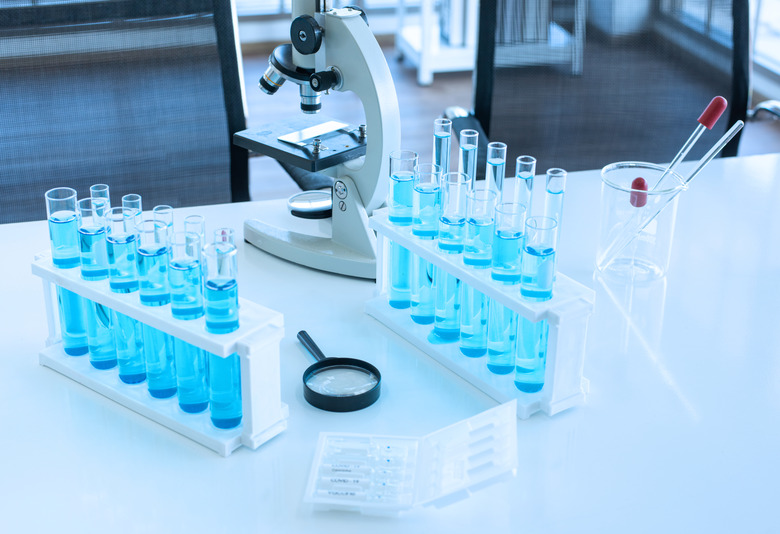What Is Lipase?
A lipase is an enzyme that participates in fat digestion. The body includes a number of subtypes of the enzyme, but the term "lipase" generally refers to pancreatic lipase. The pancreas is an organ located just below your stomach toward the back. Its role is to break down specific components of dietary fats. Lipase is secreted from the pancreas via a duct that empties into the gastrointestinal tract at the duodenum. It thus acts on food that has already been partially digested in the stomach.
Testing for blood serum lipase levels can be useful in diagnosing diseases of the pancreas and assessing the organ's function.
Pancreatic Enzymes Overview
Pancreatic Enzymes Overview
Enzymes are substances that help speed up chemical processes that would otherwise proceed slowly or not at all. The pancreas manufactures a number of digestive enzymes in addition to a pair of hormones vital for metabolism (insulin and glucagon).
Digestive enzymes synthesized in the pancreas include lipase, amylase and the protease group. Lipase readies ingested fats for absorption; amylase breaks down starch into maltose, maltotriose and dextrins; and proteases (chiefly trypsin and chymotrypsin) begin to break down proteins.
Lipase Function
Lipase Function
Triglycerides cannot across the intestinal wall directly. These consist of a glycerol "backbone" with three fatty acids attached, one to each of glycerol's carbon atoms. Lipase specifically converts triglycerides to two free fatty acids and a monoglyceride.
Lipase has become the subject of obesity research. Biochemists have produced lipase inhibitors, which show promise in weight management because inhibiting the breakdown of fat inhibits its absorption and may lead to weight loss.
Lipoprotein Lipase
Lipoprotein Lipase
This lipase acts specifically on triglycerides, also called triacylglycerols, that circulate in the bloodstream attached to lipoproteins. One example of a lipoprotein is VLDL, or very low density lipoprotein, a type of cholesterol. Lipoprotein lipase is found on the inner walls of blood vessels, where it can "grab" circulating lipoproteins and cleave two fatty acids from a triacylglycrol molecule in the same way pancreatic lipase does this in the duodenum.
When a Lipase Test Is Called For
When a Lipase Test Is Called For
Serum lipase levels can be used in the diagnosis of pancreatitis, or inflammation of the pancreas. When this organ becomes inflamed, some of its cells are destroyed and leak enzymes into the circulation. Thus high levels of lipase in the setting of well-established symptoms of pancreatitis can help doctors determine if this is what is happening.
Clinical symptoms of pancreatitis, which is often the result of acute or chronic drug or alcohol abuse, include nausea, vomiting, fever, a rapid pulse, and pain in the belly or back.
Cite This Article
MLA
Beck, Kevin. "What Is Lipase?" sciencing.com, https://www.sciencing.com/lipase-5081990/. 30 July 2018.
APA
Beck, Kevin. (2018, July 30). What Is Lipase?. sciencing.com. Retrieved from https://www.sciencing.com/lipase-5081990/
Chicago
Beck, Kevin. What Is Lipase? last modified March 24, 2022. https://www.sciencing.com/lipase-5081990/
